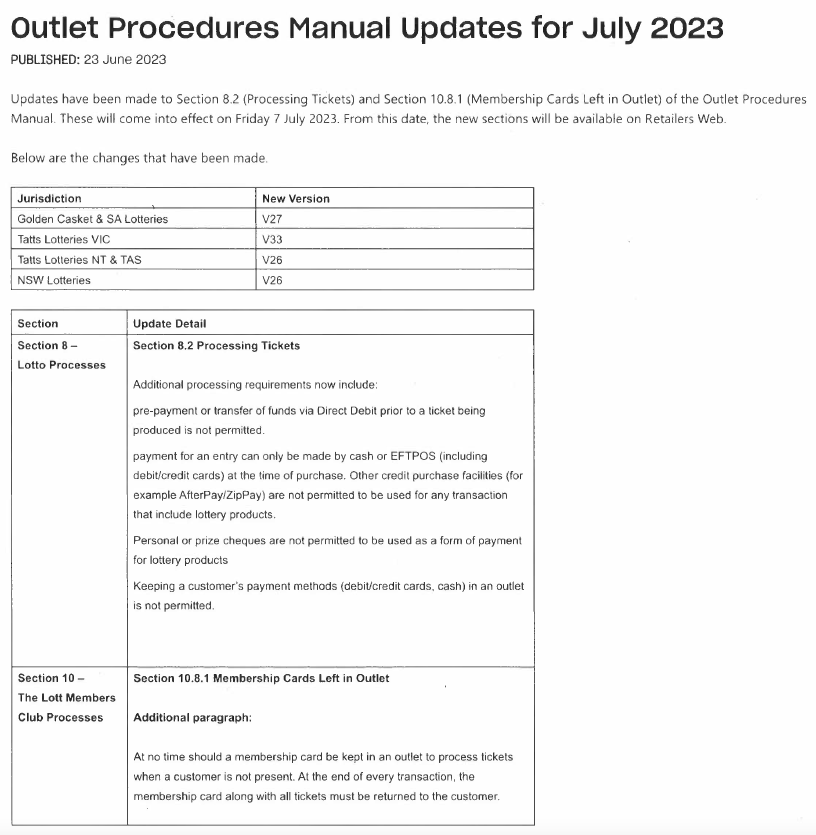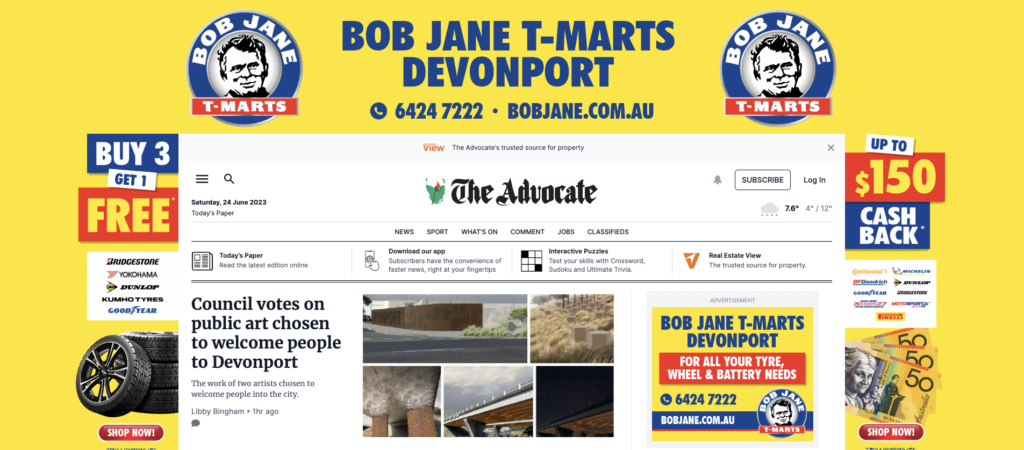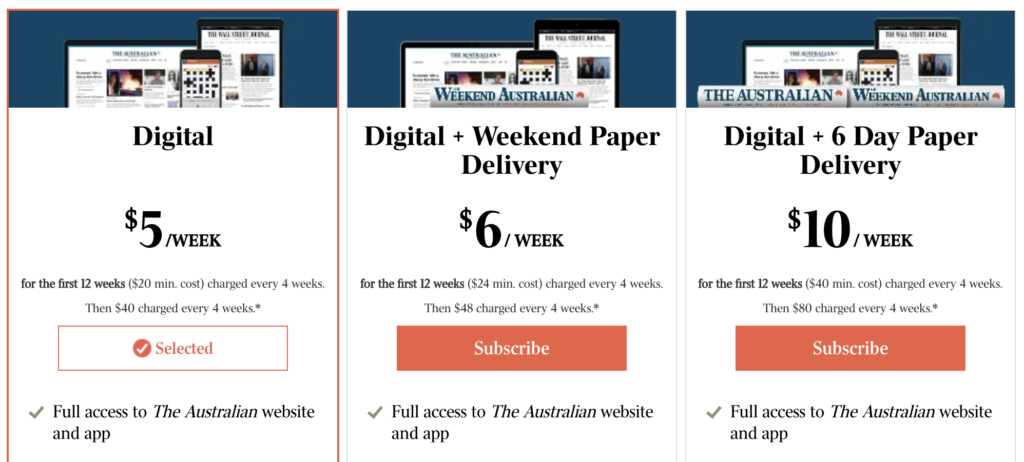Scottish news publisher Highland News & Media is transitioning print newspapers to a digital only model and announced this late last year. Now that the company has started to publicly action its plan, by encouraging readers to switch from print, newsagents are reportedly unhappy, as Hold The Front Page reports.
The Federation of Independent Retailers has slammed the promotional campaign as “cynical, aggressive and a slap in the face for news retailers”.
Its head of news Brian Murphy said: “Our members in Scotland are shocked and appalled at the aggressive tactics that Highland News and Media is adopting in its bid to steal their loyal customers away from their weekly printed copy to its online version.
“The way the publisher is marketing the digital subscription packages for its papers shows the total disregard it has for retailers who sell its printed products. This is a slap in the face for newsagents.
“Furthermore, we have been given no prior warning about this. The first we knew about it was seeing the heavy – and aggressive – promotion inside the newspaper.”
While I feel for the impacted Scottish newsagents losing print newspaper revenue, it is no surprise the publisher is making this move. It has been on the cards for more than ten years. Indeed, back in 2009 when the Seattle Post-Intelligencer moved to a purely digital model it was considered a crack in the dam wall of print newspapers.
Smart newsagents have adjusted their business model to not rely on revenue or traffic from print newspapers and to cop on the chin the whack the pitches from publishers in their print products to encourage people to move online.
Publishing companies have one prime obligation and that is to their shareholders, just as us retailers have one prime obligation, to our selves as business owners. The issue, I think, is that our channel, certainly in Australia, was birthed as as agency model, one in which we served publisher masters for a modest clip of each transaction. For well over a hundred years, again certainly here in Australia, we were treated as what I’d call last stop agents, the end of the line, the least important.
We were paid poorly, less than award wages, our ability to monetise our position as agents was stifled, we had no control over revenue growth and had to absorb the cost of increased operating costs. And, as the transition to digital for news access began in earnest in the 1990s, many of us were captured in our agent world, because we only understood that world of service for a low percentage.
Too many newsagents kept looking at the ground, barely a step in front of them, ignoring the horizon over which many opportunities could be found.
Publishers have played a role in holding newsagents back, keeping them in. their lane of agency service, because it suited them to keep newsagents subservient as they, the publishers, figured out how to shift eyeballs to screens from paper. And, too often today, as we can see in several places, newsagents are kicked to the kerb once publishers action their plan to encourage and push those eyeballs to screens.
But, as I have said, it’s no surprise when a news publisher quits print for digital. They can only subsidise an out of date news distribution model for so long, and print, for sure, is any out of date model. Heck, it’s been out of date for more than ten years.
My advice to Scottish newsagents (not that they have asked for it or need it) who feel aggrieved by the moves under way by Highland News & Media, is to look at what your business could be without reliance on print newspapers. This means stepping outside the usual lane for a newsagency business. Look at categories beyond those usual for newsagency businesses and usual for convenience businesses. It’s not too late. But, it takes urgent action, investment and courage.
Before I wrap up I want to comment on this quote attributed to Brian Murphy from the Federation of Independent Retailers speaking about the more by Highland News & media:
“It is a proven fact that newspapers are a key footfall driver, and research shows that people buying a paper will often buy something else at the same time.”
I’d be interested to see the data supporting this as here in Australia it’s not the case, and has not been the case since the 1990s. I have looked at basket data from more more than 1,000 retail newsagencies over many years and since the 1990s, newspapers have held their position as inefficient in terms of basket depth, hovering at around 80% of newspaper purchases being for newspapers alone.
Newspaper publishers told us for decades that the commission (margin) is low because they deliver foot traffic. While they did that, those shoppers had a single destination product in mind and nothing could switch them from that mission.
The quote from Brian Murphy also indirectly pitches that traffic, footfall, is important. While it was back in the agency heydays up to the early 1990s, for those of us who transitioned to new product categories with substantially better margins, four and five times better, traffic was not as important. Selling something worth $300 and making 60% delivered margin dollars equivalent to 450 newspaper sales.
Are newsagents selling items worth $300 and making 60% GP? I know plenty who do, in city settings as well as in regional and and rural Australia. I also know plenty selling an item for user $10, but also with a 60% GP.
I guess the heart of this issue for local retail newsagents with what is happening re Highland News & Media is to configure your business so you are not reliant on any single supplier. It’s your business, rely on you, not them. Sometimes that can mean upsetting suppliers. So be it. If your decisions are right for you, that is what matters.
What you want, of course, is to be in control of the decisions about your business, because – suppliers will make decisions that are right for their business and that can be risky if the decisions are made by a supplier that is critical to your business success.
Look out over the horizon, leek for change opportunities and lean into them. You decide what your business, what it stands for. Don’t be constrained by history. Don’t be limited by your shingle.

















